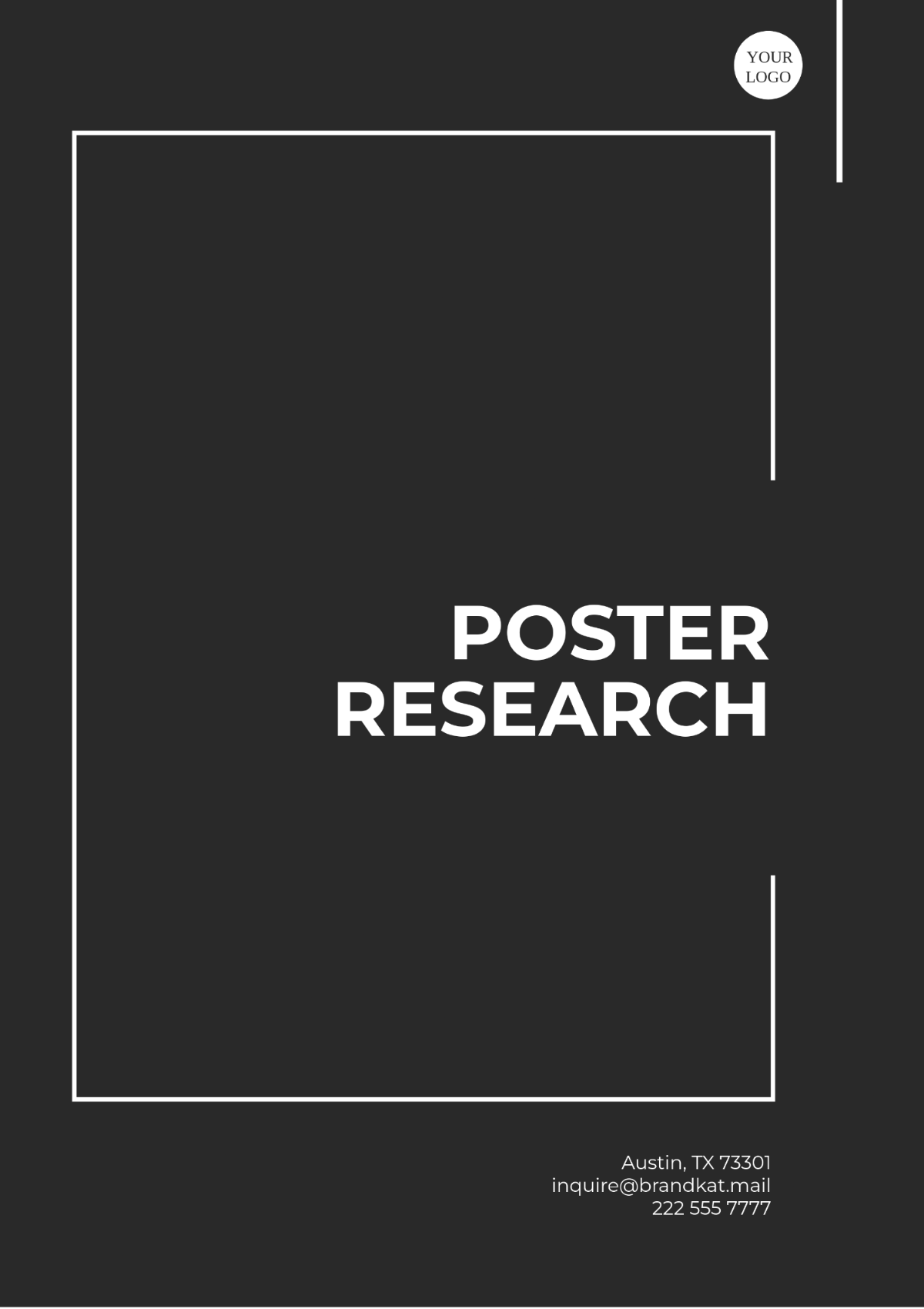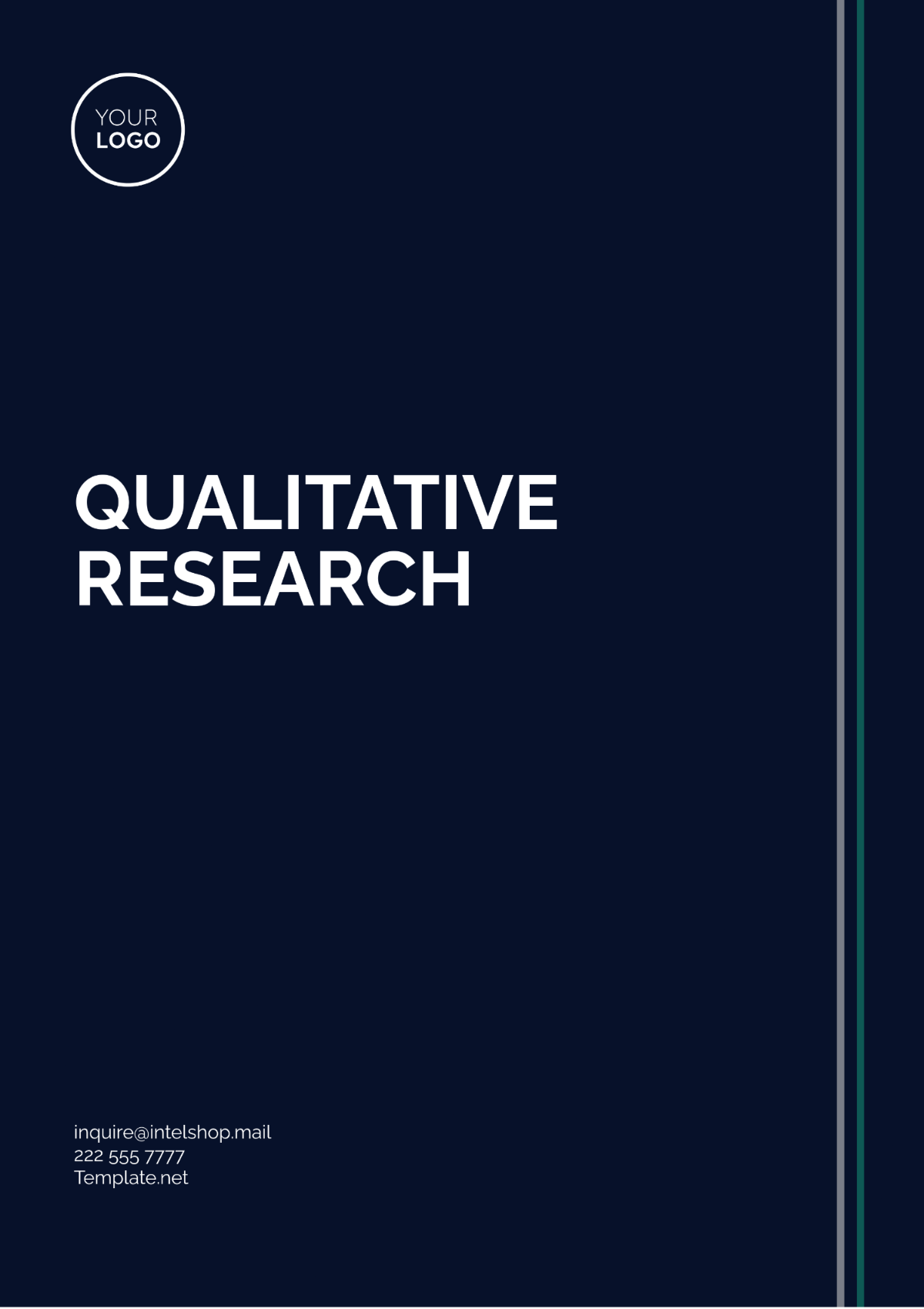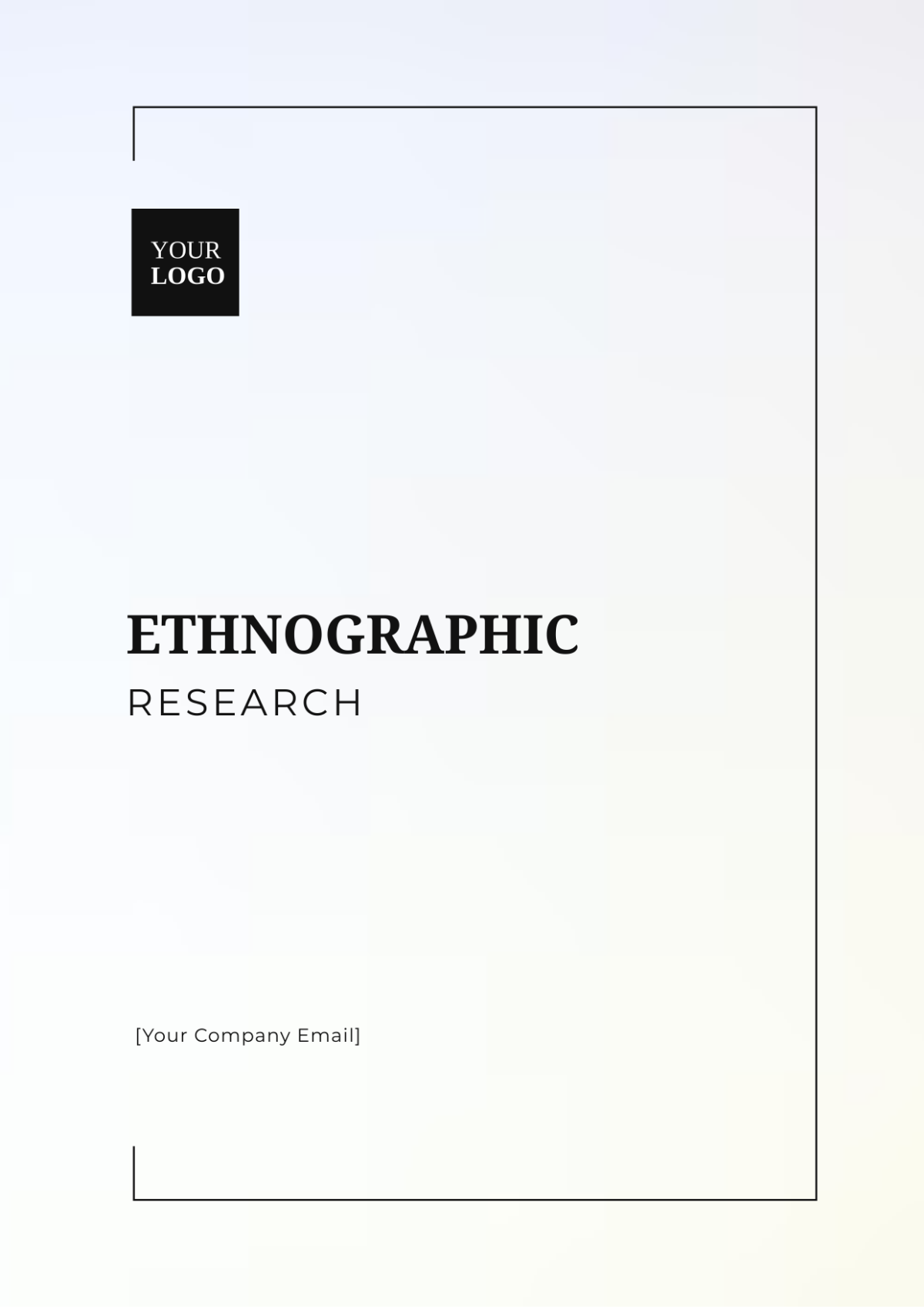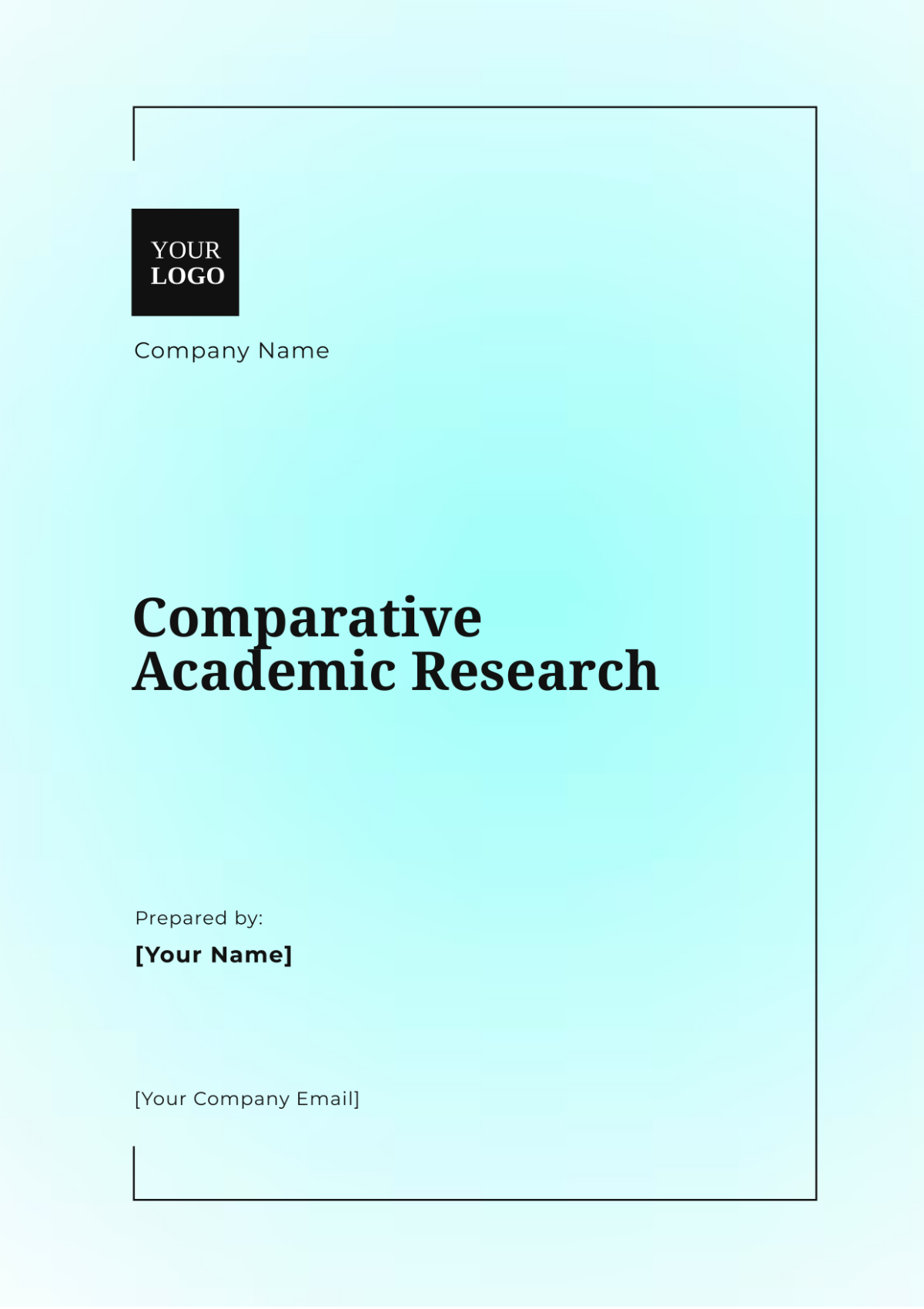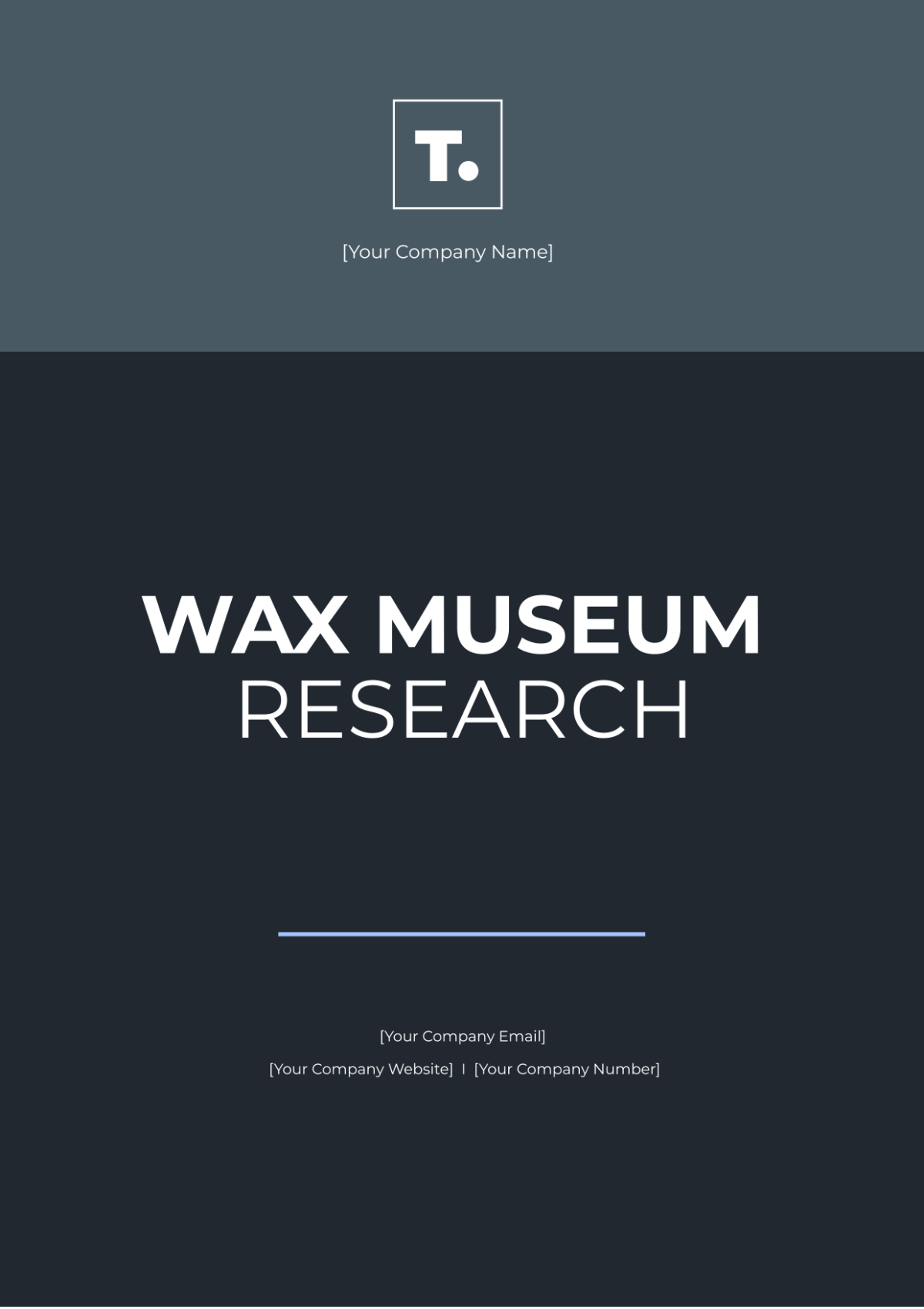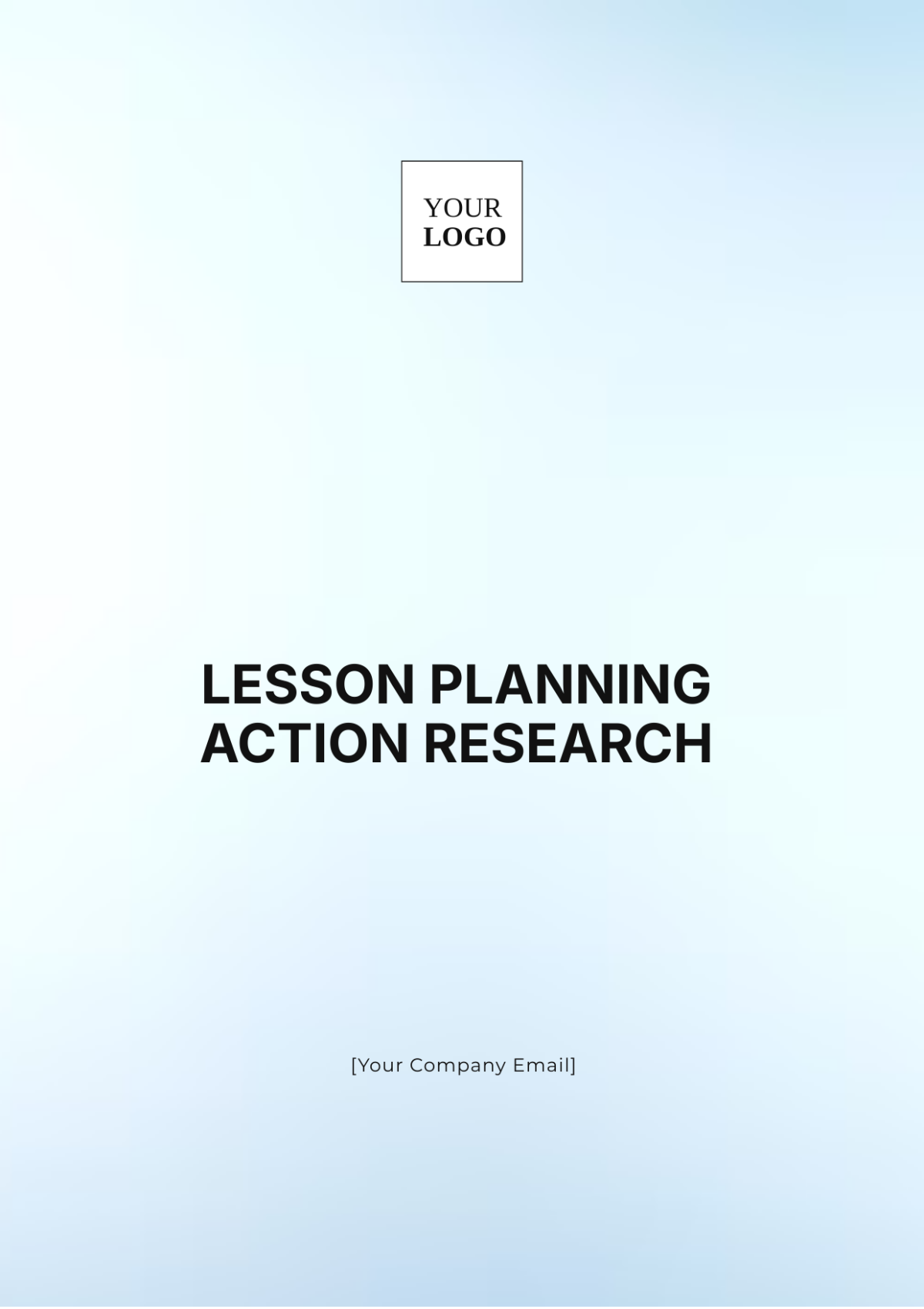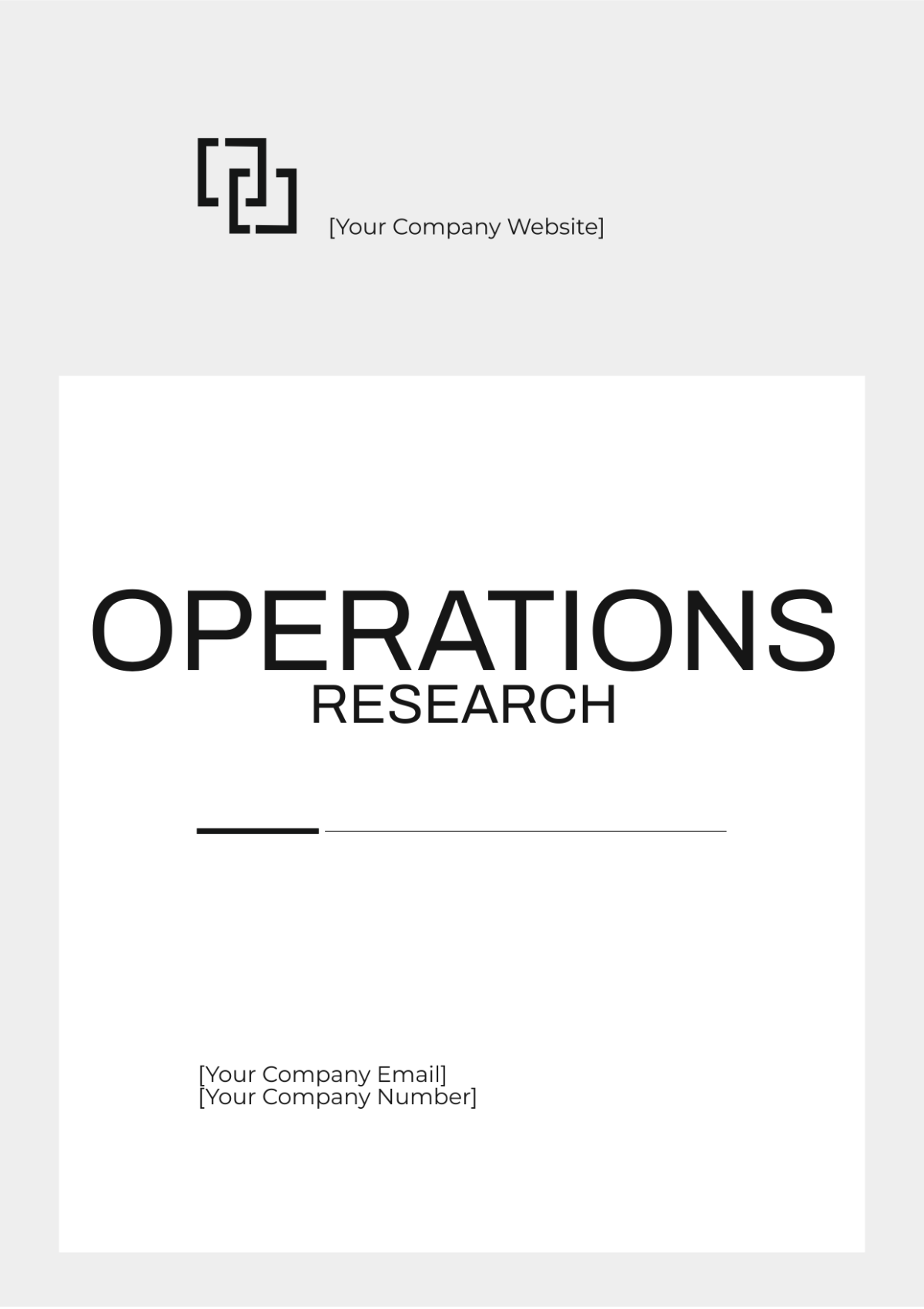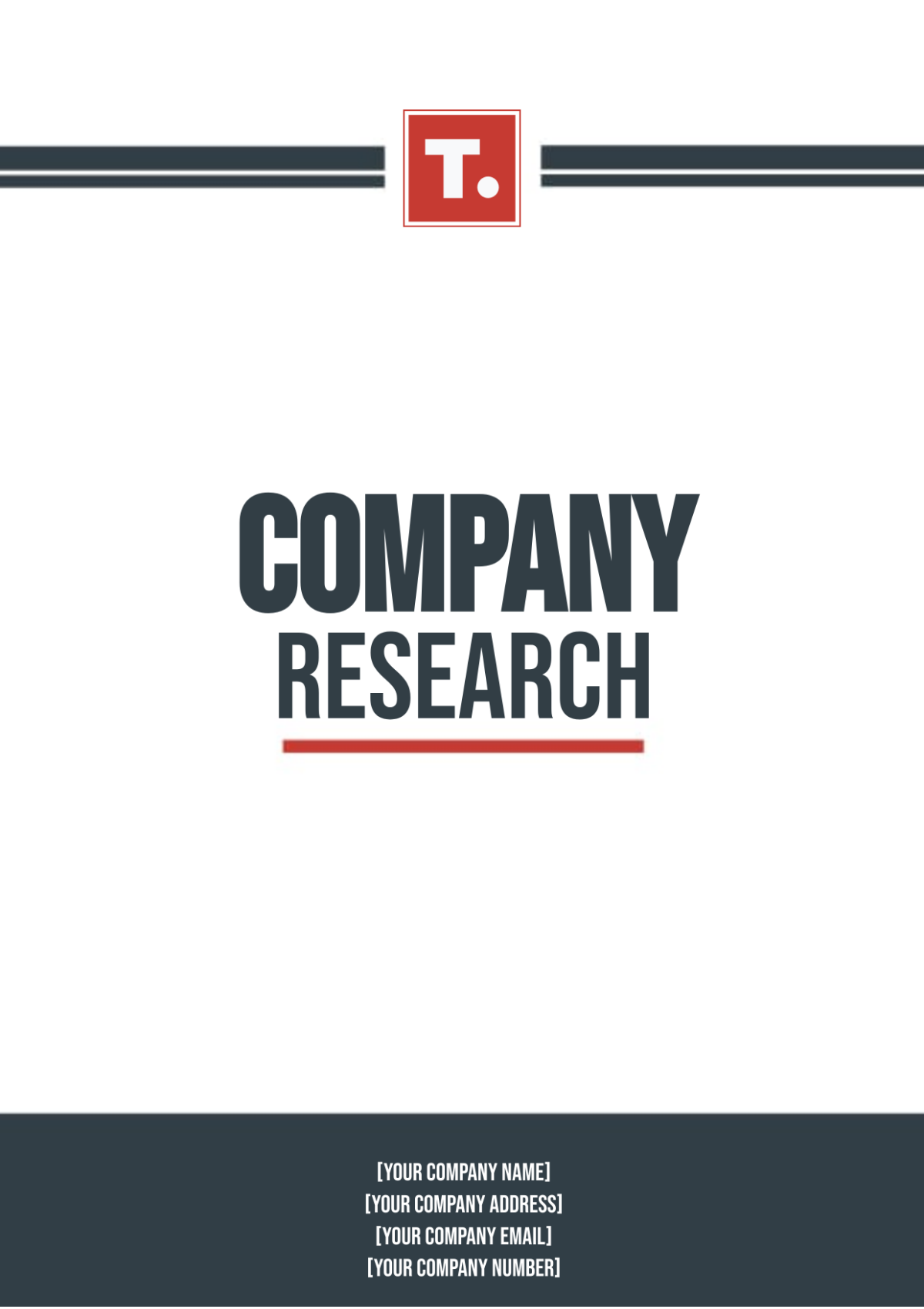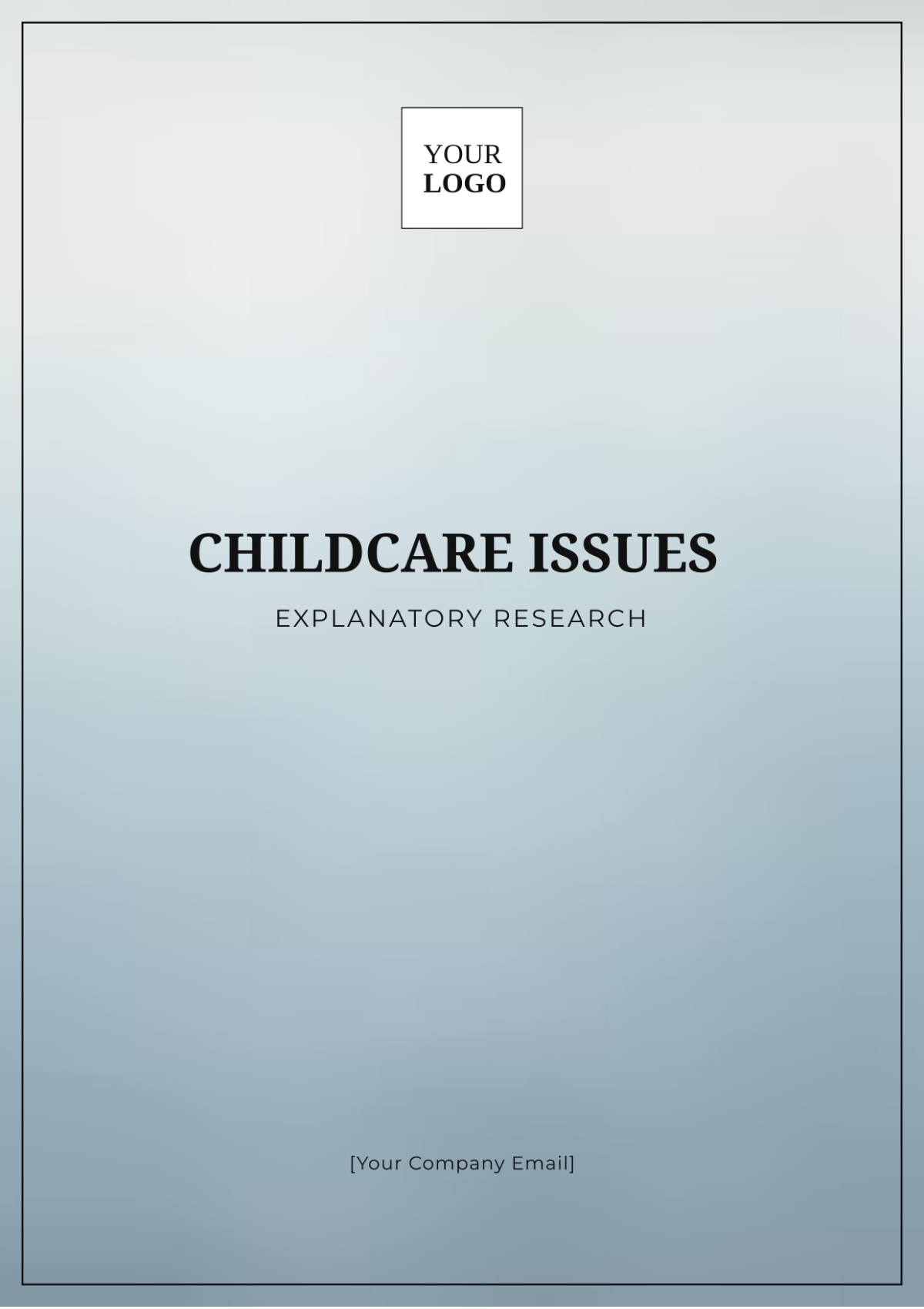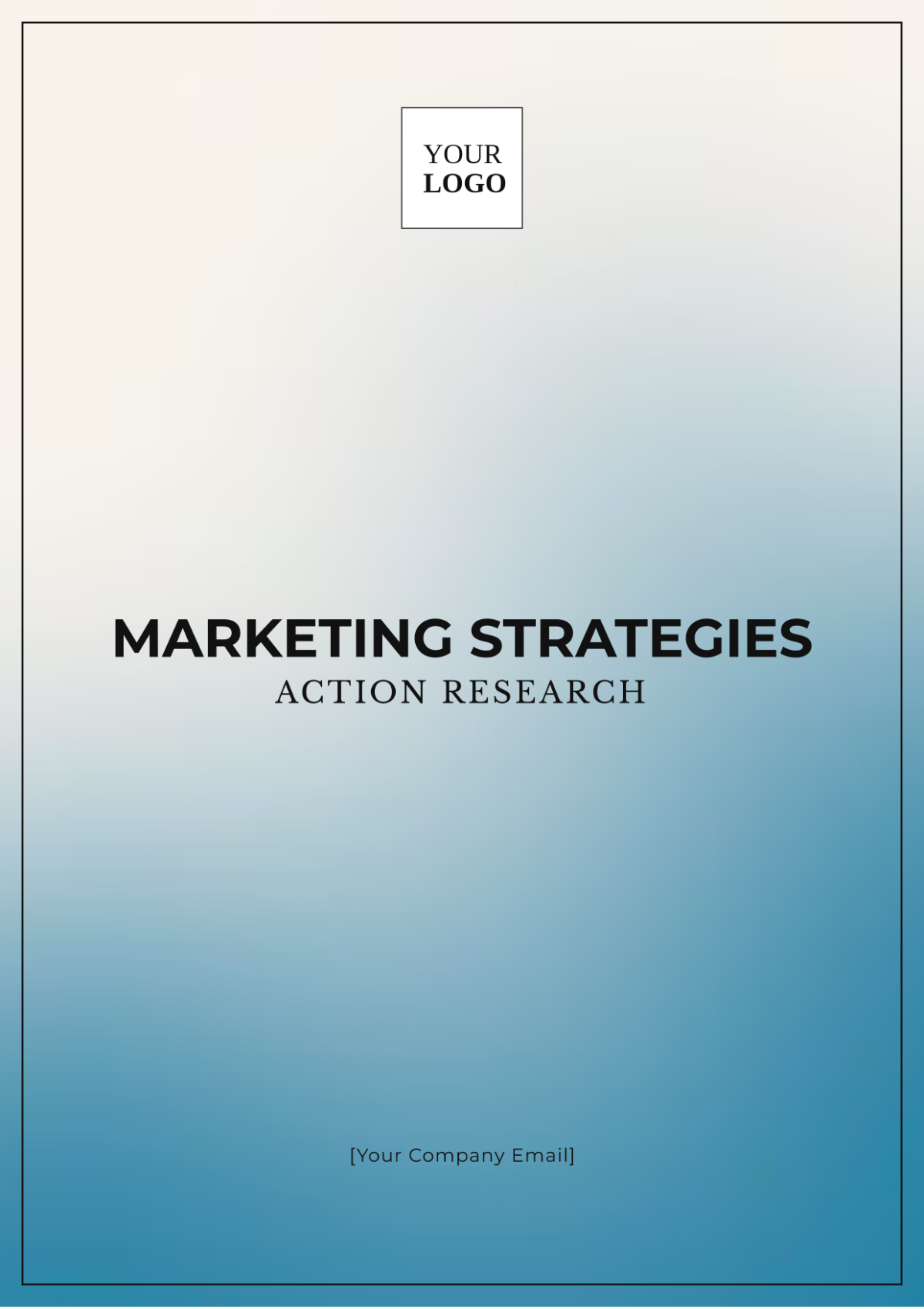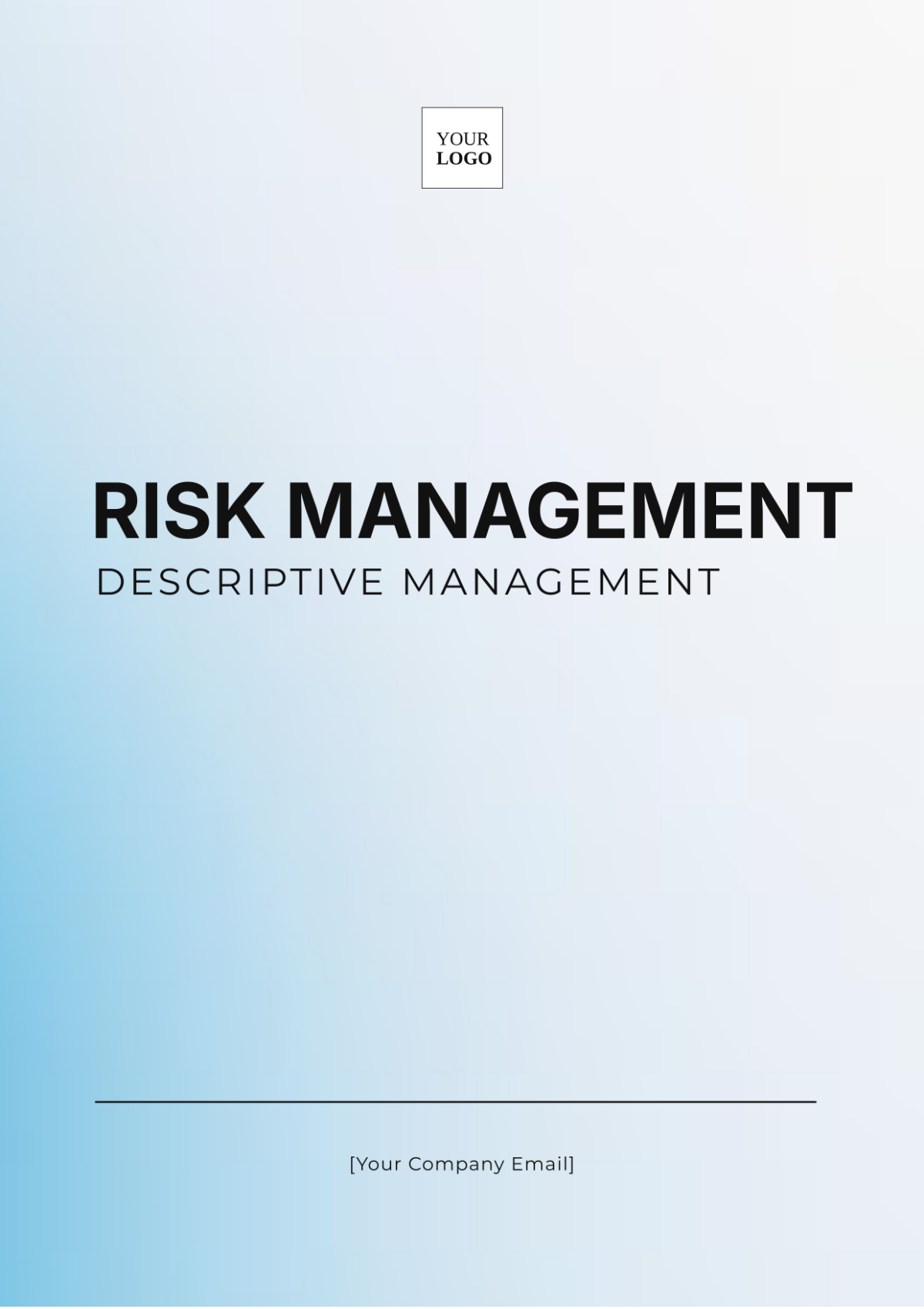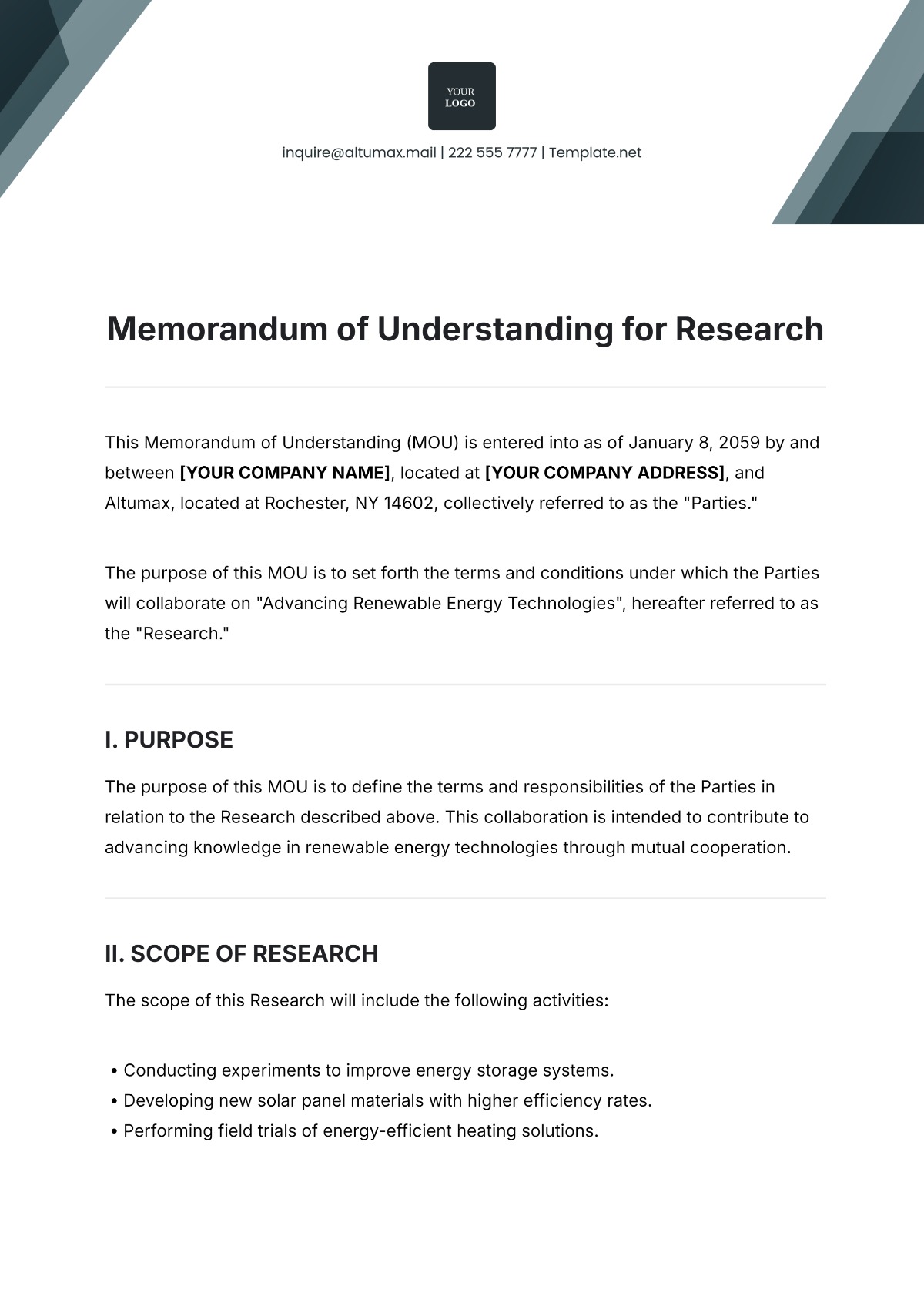Competitive Forces Exploratory Research
I. Introduction
Competitive forces significantly shape the strategic approaches of businesses across various industries. Understanding these forces is crucial for developing effective strategies to gain a competitive advantage. This research explores the fundamental competitive forces that influence industry dynamics and provides insights for businesses to navigate complex competitive landscapes.
II. Porter's Five Forces Model
One of the most prominent frameworks for analyzing competitive forces is Porter's Five Forces model. This model identifies five critical forces that determine the intensity of competition and profitability in an industry:
1. Threat of New Entrants: The ease with which new competitors can enter the market affects industry competition. Industries with low entry barriers face a higher threat of new entrants, which can intensify competition.
2. Bargaining Power of Suppliers: The power of suppliers to drive up prices or reduce quality impacts businesses' costs and pricing strategies. High supplier power can constrain a company's profitability and operational flexibility.
3. Bargaining Power of Buyers: The ability of customers to influence prices and demand quality affects competitive dynamics. When buyers have significant power, they can negotiate better terms, impacting industry profitability.
4. Threat of Substitute Products or Services: The availability of alternatives can drive customers away, impacting sales and profitability. A high threat of substitutes can force companies to innovate and adjust their strategies.
5. Rivalry Among Existing Competitors: The intensity of competition among current players shapes market share and profitability. High rivalry often leads to price wars, increased marketing expenses, and reduced margins.
III. Methodology
This research employs a combination of qualitative and quantitative methods to explore competitive forces. Data is gathered through industry reports, academic literature, and case studies. Analytical tools such as SWOT analysis and PEST analysis are utilized to examine external and internal factors influencing competition.
IV. Findings
1. Industry Analysis
Industries vary widely in terms of the competitive forces they face. The following table summarizes competitive force impacts across different industries:
Industry | Threat of New Entrants | Supplier Power | Buyer Power | Threat of Substitutes | Rivalry Intensity |
|---|---|---|---|---|---|
Technology | High | Moderate | High | High | Very High |
Healthcare | Moderate | High | Moderate | Low | Moderate |
Retail | Low | Low | High | Moderate | High |
2. Case Studies
Case studies from various industries illustrate how businesses respond to competitive forces. For instance, in the technology industry, companies like Apple and Google leverage innovation and brand loyalty to mitigate the threat of new entrants and substitute products.
V. Conclusion
Understanding competitive forces is essential for businesses to formulate robust strategies. Porter's Five Forces model provides a valuable framework for analyzing these forces and their impact on industry dynamics. By examining real-world examples and industry-specific variations, companies can better navigate competitive challenges and achieve sustainable success.
VI. References
Porter, M. E. (2050). How Competitive Forces Shape Strategy. Harvard Business Review, 57(2), 137–145.
Grant, R. M. (2051). Contemporary strategy analysis. Wiley.
Johnson, G., Scholes, K., & Whittington, R. (2050). Exploring corporate strategy. Prentice Hall.





